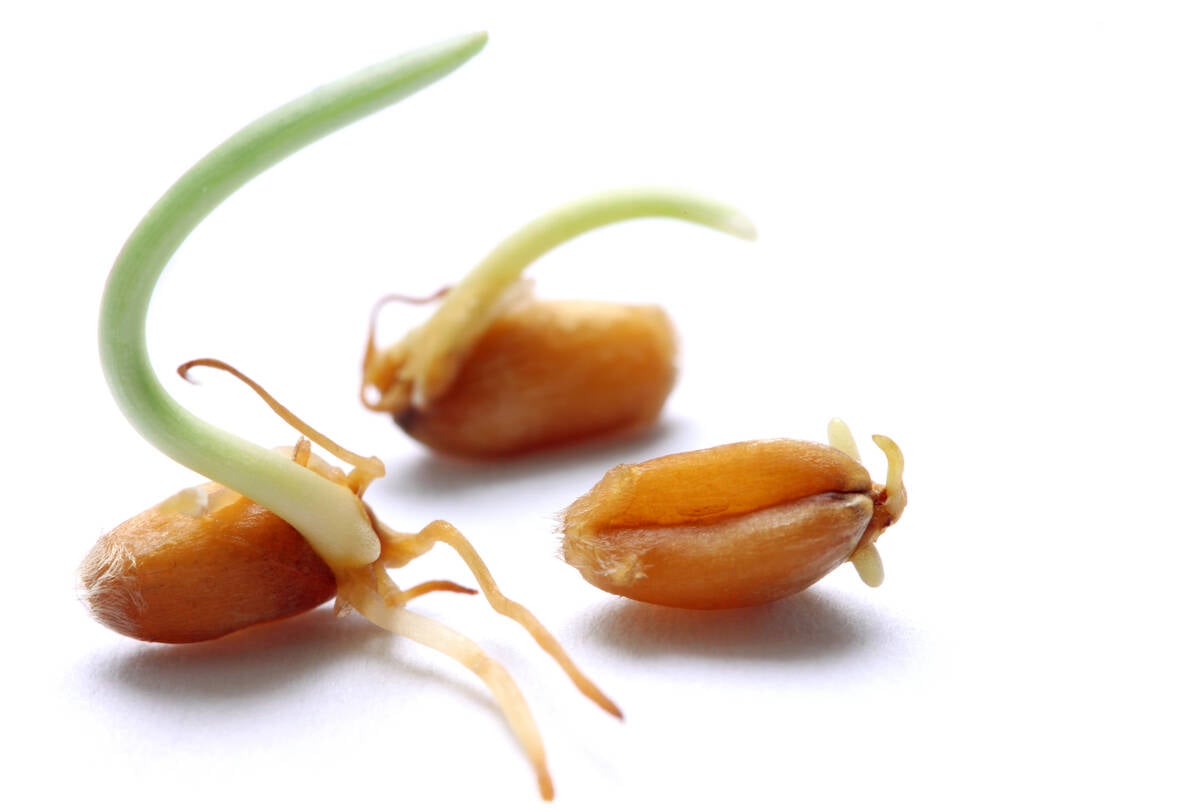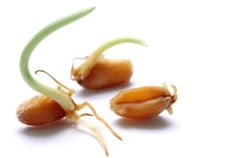Farmers may soon be watching energy prices as closely as they watch commodity prices.
Researchers say growing forages for electricity, fuel and chemicals will one day be as important as growing them for cattle.
About 50 researchers from around the world met in Winnipeg to find out more about the potential of bioenergy crops.
It was one of the smallest sessions at the International Grassland Conference held in Winnipeg and Saskatoon June 8 to 19, but organizers say they were pleasantly surprised at the interest.
“This is weird, strange stuff for most of the forage breeders,” said Ewen Coxworth, a researcher from Saskatoon. “It’s rank heresy, it’s turning forage breeding on its head. We want fibre, we don’t want protein.”
Read Also

Manitoba farmers fight sprouted wheat after rain
Rain in mid-September has led to wheat sprouting problems in some Manitoba farm fields.
But believers say more scientists will be gradually lured by funding from governments looking at how to help farmers diversify, and energy suppliers becoming more enthused about using crops to replace a portion of fossil fuels.
A dwindling supply of conventional fuel sources, exploding world population, concerns about the security of oil supplies and environmental issues will add to the pressure to look to crops for power.
Grass crops can be co-fired with coal or gasified on their own to produce electricity or heat. They can also be gasified and then converted to simpler gases to be synthesized into fuels and chemicals.
A scientist who leads the bioenergy research program for the U.S. department of energy said switchgrass will fuel a power plant in Iowa and be transformed into ethanol in Tennessee in five years.
“These are not long-term dreams any more. They’re dreams that have a reasonable time frame,” said Sandy McLaughlin.
McLaughlin said the two-metre-tall native grass is easy and relatively cheap to grow. Switchgrass grows well in the central part of the United States, and in parts of Canada where farmers have enough hot days to grow corn.
He said switchgrass dramatically improves soil quality, texture and organic matter in marginal land. Roots stretching three metres deep increase carbon in the soil, and use water and nitrogen efficiently.
But McLaughlin said the forage crop could eventually compete with cash crops like corn on better land.
Switchgrass costs about $150 (U.S.) per acre to establish in its first year, but afterwards costs as little as $18 to $23 per tonne. It’s cheapest to grow in the southern United States because of the longer growing season.
Out of more than 20 million acres in the U.S. that could support energy crops, McLaughlin predicted 500,000 acres will be planted for energy by 2000, growing to five million acres by 2015.
In the long term, McLaughlin said forage crops could help supply up to 10 percent of U.S. electricity needs.
“Ultimately, the ability of an energy crop to penetrate a market is going to depend on two key issues: what the farmer gets for his product, and what the utility has to pay for that product.”
Markets lacking
The more markets and products for bioenergy crops, the more viable they’ll be, he said.
“We have to be careful right now because the market is just beginning to get in position to develop. We’re promoting a crop for which the market does not currently exist.”
Coxworth said he sees forage crops in Canada being used in the pulp and paper industry before they move into energy.
“Energy is, I think, the toughest market of all, which isn’t to say we shouldn’t be looking at it,” said Coxworth, a member of the Canadian Agricultural New Uses Council.














